| Weight | 156 g |
|---|---|
| Dimensions | 80 mm |
| Focal Length (mm) | |
| Max Aperture (f) | |
| Min Aperture (f) | |
| Aperture Blades | |
| Elements | |
| Sharp (Far) | |
| Rear Mount | |
| Front Thread | |
| Flange-Focal Distance (mm @ ∞) | |
| RF/L Extension (mm) | |
| Serial Numbers | |
| Bokeh Character | |
| Contrast | |
| Colour | |
| Focus Shift | |
| Flare | |
| Stars |
Meopta Meogon 80/2.8 [V3]
Final version of this multicoated Czech Biometar/Xenotar enlarger lens has MEOGON in upper case on flatter fascia and stippled aperture ring. Meopta recommends optimal performance at f5.6. [Cat 392.821.110.371]


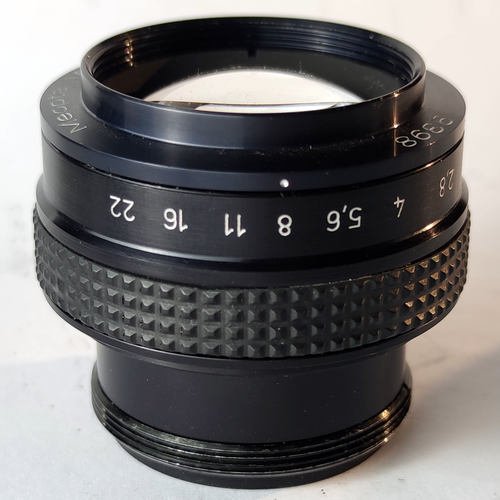
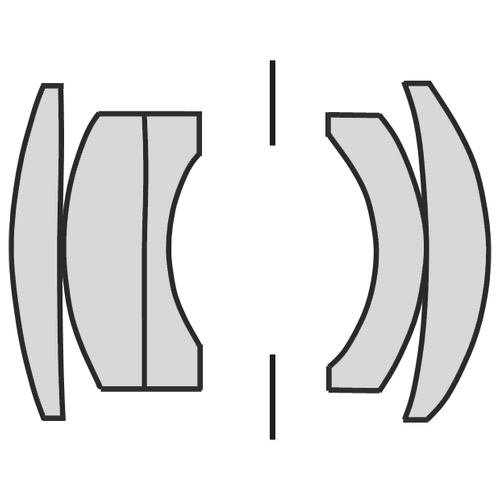


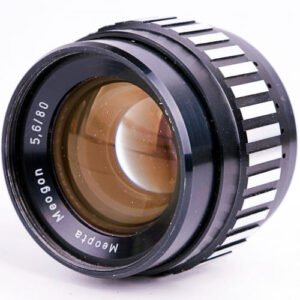
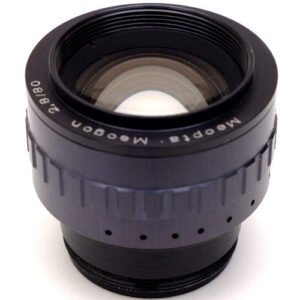
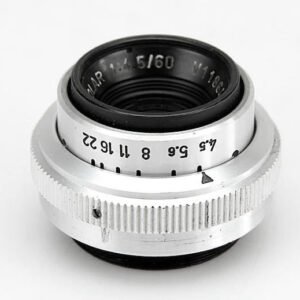

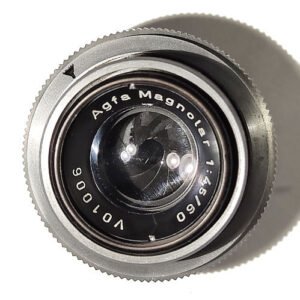
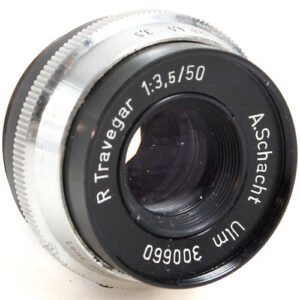

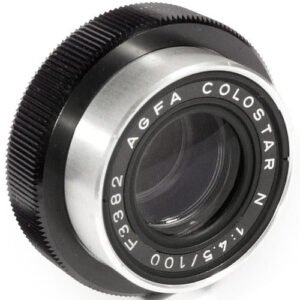
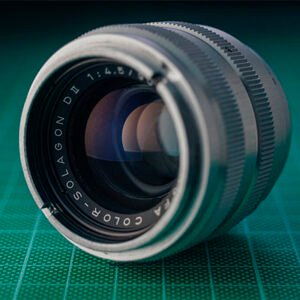
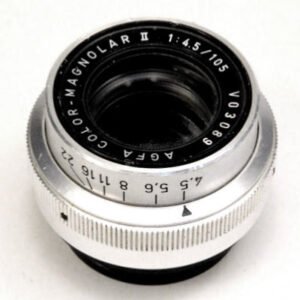

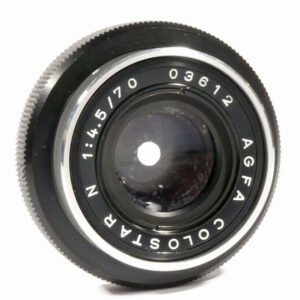


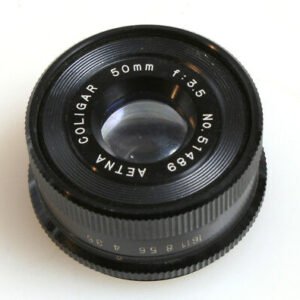
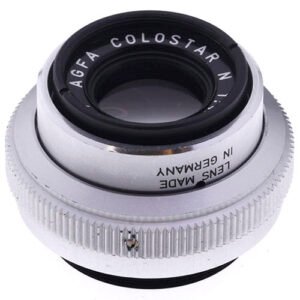
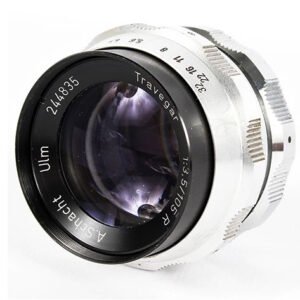
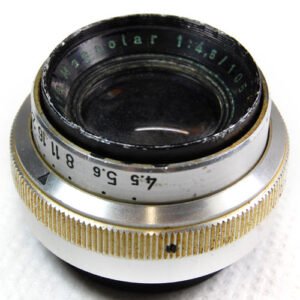
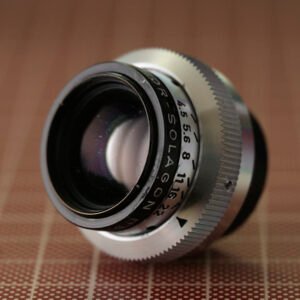
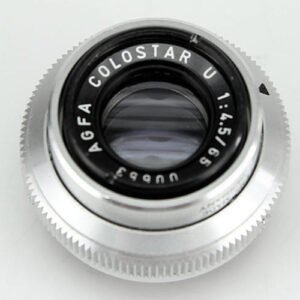
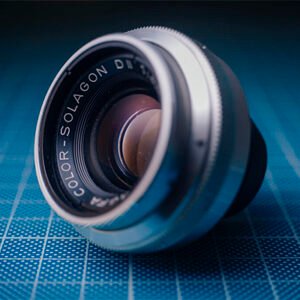
16:9 –
Although its place among the very best enlarger lenses has been questioned, I’m among those who support its claim to greatness, and have no hesitation awarding it Gold for sharpness, at least. The version reviewed here is [V3], in production throughout the late 80s and 90s. Meopta undertook a complete revision of the lens body in around 1987. It’s not yet known whether the optical formula or coatings were altered at the same time.
Meopta’s recommendation that this lens be used at f5.6 is no joke. Used as an enlarger lens, operating at a wider aperture offered potential benefits but however it’s used, this lens is a scalpel: depth of field seems operationally ‘thinner’ than most lenses at the same aperture. Performance at f2.8 is pretty woeful, technically, with rampant spherical aberration. It’s well off the boil by f8, too – a little softer than the Meogon 80/4 at this aperture. And performance falls apart surprisingly rapidly at longer working distances – again the slower Meogons (the modern f4 and the f8 zebra) outperform it here. Approaching 1:1, performance takes a hit, too. But, at f4-f5.6, at working distances from 25-250cm, you are rewarded by sharpness that no Apo-Rodagon, and only one Apo-Componon can match. By a small measure, it is the sharpest enlarging lens we’ve ever tested – if we’re talking about near-field, across-the-frame average at its aperture sweet spot.
Andreas –
The sharpness of a reproduction with this lens is not flat. A negative is sharp in the middle and sharp 2-3 cm over the photographic paper (about 32x32cm) in the edges. Either you close the aperture at least to 11 and set the sharp point at a circle of about 6 cm radius or better you take another lens to enlarge. I bought this lens 1990 (together with a Magnifax 4 and a Meogon 2.8/50mm) and this was the result. Just remember I didn’t use it for phptographie. Probably it is a very good lens specially for that.